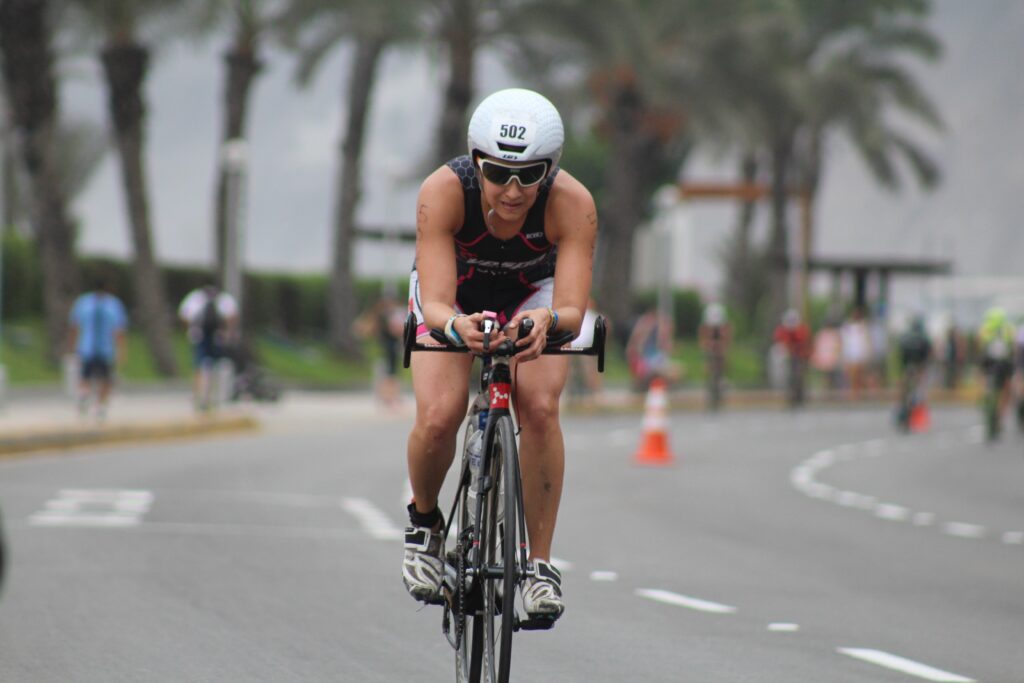What is the Distance of a Triathlon?
Can’t choose just one sport—you don’t have to.
If you have had a glimpse of the yearly Ironman World Championships broadcast held in Kona, Hawaii, your impression of the sport is that it is a long and grueling day involving bikes, swimming and running.
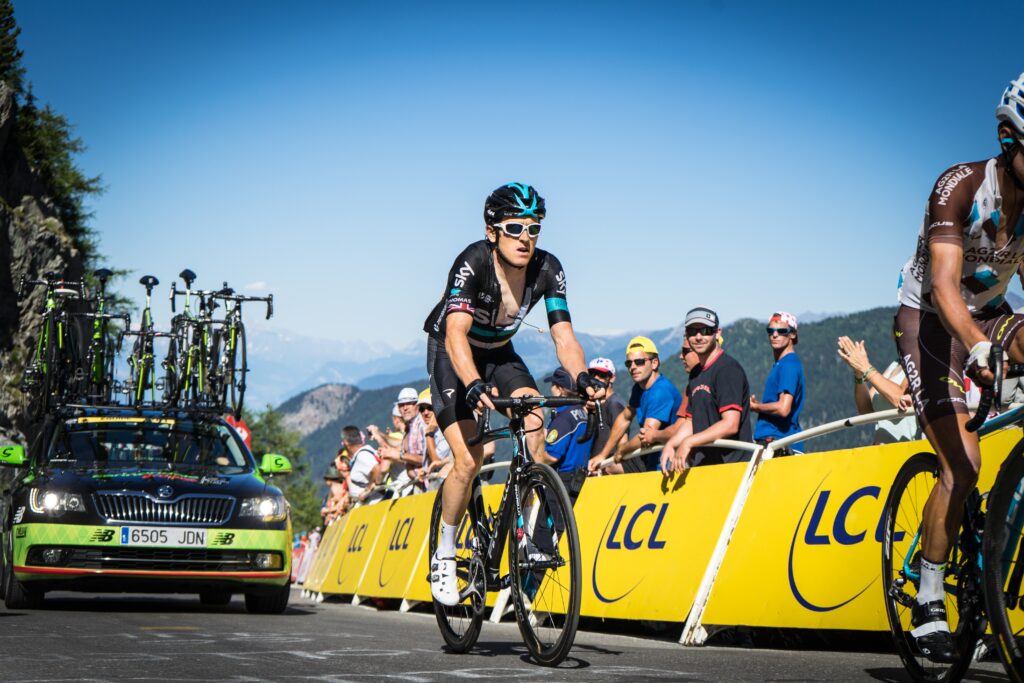
There is a triathlon distance for everyone, from ultra-distance to super sprint.
You will notice that triathletes cover a lot of distance. If you are new to triathlon, this article will give you information on the swim-bike-run sport.
Types of Triathlon Distances
The different types of triathlon distances are explained below:
- Super Sprint Triathlon
The distance of a super sprint triathlon includes: Swim for 500 meters (0.3 miles), Bike for 10 km (6.2 miles) and Run for 2.5 km (1.6 miles). However, the distance may vary.
You will need 3 to 4 hours per week to train for a super sprint triathlon.
Super Sprint Training Plan
Are you thinking of testing the multi-sport waters? A great place to start is the super sprint triathlon. This distance is very friendly to beginners because you need little training to be ready for the distance.
For this distance, the gear you need is very minimal: if you already have a helmet, a bike and a good pair of shoes, you are ready to go. Many super sprint races make use of the pool format instead of open water such as oceans or lakes.
This is to allow new swimmers to showcase their swimming skills in a controlled and safe environment. However, super sprint races are not just for beginners. The intense and short format is included in the Olympic Mixed Relay Race, four people in a team take turns in the super sprint course. And at the end of the run, they tag their teammate to start their swim.
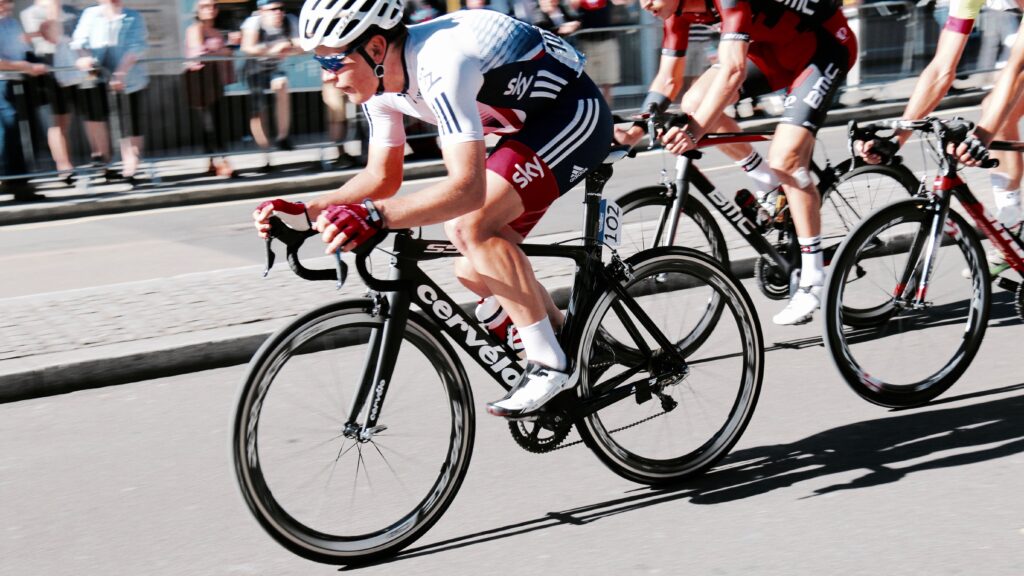
- Sprint Triathlon
The distance of a sprint triathlon includes: Swim for 750 meters (0.46 miles), Bike for 20 km (12.4 miles) and Run for 5 km (3.1 miles).
You will need 3 to 5 hours per week to train for a sprint triathlon. If you are a newbie, expect to train for at least 3 to 4 months to be ready for the race. But if you are experienced, you only need 4 to 6 weeks to train.
Sprint Training Plan
75% or more of triathletes have done this fun and fast distance, making it the most famous multisport event. For beginners, this distance is approachable, while the experienced athletes know that this distance comes with a lot of intensity, as it takes a lot of fitness intensity to complete the full swim, bike and run.

Even if you have the busiest schedule, you can easily fit the sprint training without altering your life. Since a sprint triathlon requires minimum gear, the financial cost is low like the super sprint distance.
Sprint triathlon may be challenging but you do not need to make a big lifestyle change to adequately train.
- Olympic Triathlon
The distance of an Olympic triathlon includes: Swim for 1.5 km (.93 mile), Bike for 40 km (24.9 miles) and Run for 10 km (6.2 miles).
You will need 5 to 7 hours per week to train for an Olympic triathlon. If you are an experienced triathlete, you only need 6 to 12 weeks of training. However, if you are a beginner you need 3 to 5 months to prepare for this distance.
Olympic training plan
It does not mean that you cannot train like an Olympian if you are not participating in the Olympic games. Olympic triathlon is a standardized distance that offers both worlds, that is, intense and short. This distance still needs you to pay attention to endurance factors such as nutrition and pacing.
Drafting can be allowed in some Olympic-distance events. This is where you can ride behind your competition to save energy and gain speed, which adds strategy to the competition. You can still use the gear for entry-level in an Olympic triathlon, but the longer you go, you may need to upgrade your gear.
Most competitors who train for ironman choose this distance, therefore, you are likely to meet strong competitors during the race. During the training, you are likely to identify your weaknesses and strengths. This will enable you to work on your weaknesses to be ready for the race.
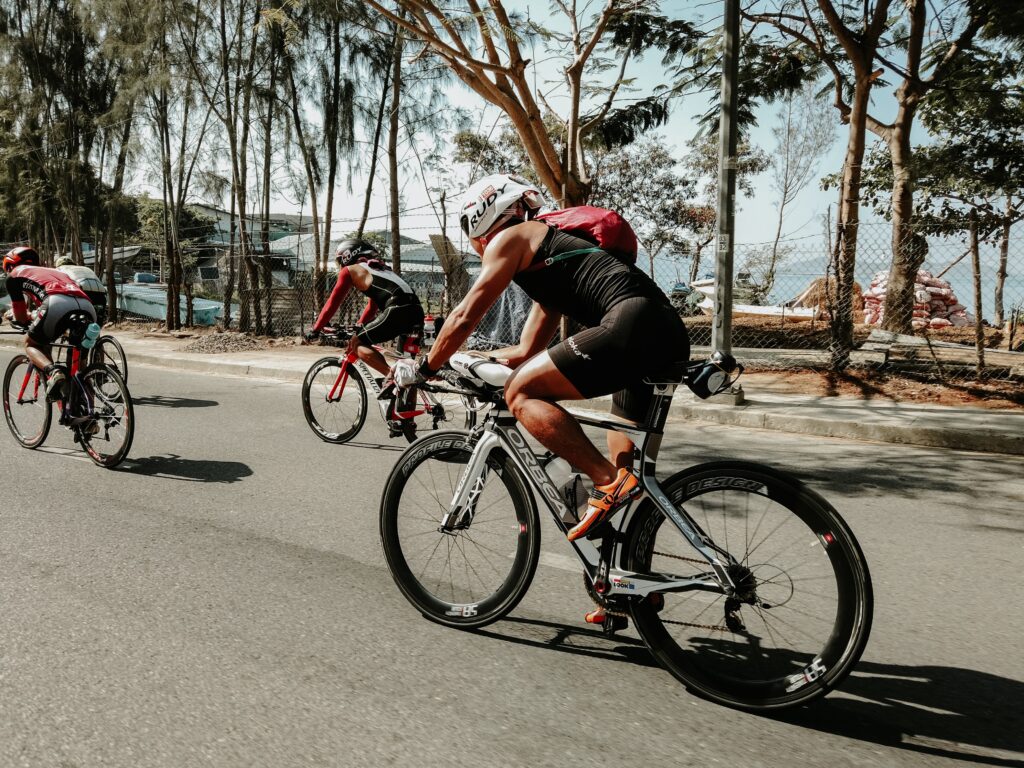
- Half Ironman Triathlon
The distance of half ironman triathlon includes: Swim for 1.93 km (1.2 miles), Bike for 90 km (56 miles) and Run for 21 km (13.1 miles).
You will need 8 to 13 hours per week to train for a half ironman triathlon. For a beginner, training for 4 to 6 months is enough to be ready for this triathlon. However, if you are an experienced triathlete, you only need 3 to 4 months.
Half Ironman Training Plan
The popularity of the half ironman triathlon, also known as 70.3, has grown so much in recent years. With this sport, you get to put your endurance to use. The volume of training for a half ironman is high compared to other short course races.

However, this training is not exceedingly demanding to allow athletes to train and still be available for their work, family and social obligations. But still, it requires attention and commitment in both your lifestyle and schedule.Proper nutrition and adequate sleep are very important, as well as a good budget because what you wear is vital for a half ironman triathlon. A bike used for cycling a sprint distance ride of 12 miles may not be comfortable for a 56 miles ride. Also, being in the water for a longer period might need a good-quality wetsuit to stay warm.
- Full Ironman Triathlon
The distance of full ironman triathlon includes: Swim for 3.9 km (2.4 miles), Bike for 180 km (112 miles) and Run for 42.2 km (26.2 miles).
You will need 13 to 20 hours per week to train for a full ironman triathlon. If you are a beginner, you will need to train for 6 to 9 months for this triathlon, but if you are an experienced athlete, you only need 4 to 6 months.
Full Ironman Training Plan
Doing a race of 140.6 miles is either totally badass or completely crazy, depending on the person you ask. Ironman may not be for everyone, but those who have participated in the challenge say it is a life-changing experience.
Training for Ironman is a lifestyle in itself, not just less big training days. It involves working towards the ultimate goal daily which includes: hours-long runs and rides during the weekends, more nutrition, more exercise per day and recovery routines.
This means that you will have less time for other things such as socializing, hobbies and household chores. In as much as some athletes may need to be creative in balancing training and family time, it can still be achieved.
You must be realistic in how much time you need to be willing to dedicate towards this challenge. Note that Ironman training might take up most of your savings as the gear needed has high entry fees. You will also need more food.
- Ultra-Triathlon
Anything that is above the standard ironman distance falls under the ultra-triathlon category. The most common distances are:
- Double – 2 times Iron distance.
- Triple – 3 times Iron distance.
- Quadruple – 4 times Iron distance.
- Quintuple – 5 times Iron distance.
- Deca – 10 times Iron distance.
Ultra-races are normally spread over several days compared to shorter tri distances that are finished in one day. The entirety of swim, bike and run in some races can be completed in consecutive order, while others have several triathlon distances done on consecutive days.
The ultra-triathlon race can be small because of its extreme commitment to finances and time. There are less than two dozen ultra-triathlon races organized each year all over the world.
The entirety of swim, bike and run in some races can be completed in consecutive order, while others have several triathlon distances done on consecutive days.
The ultra-triathlon race can be small because of its extreme commitment to finances and time. There are less than two dozen ultra-triathlon races organized each year all over the world.
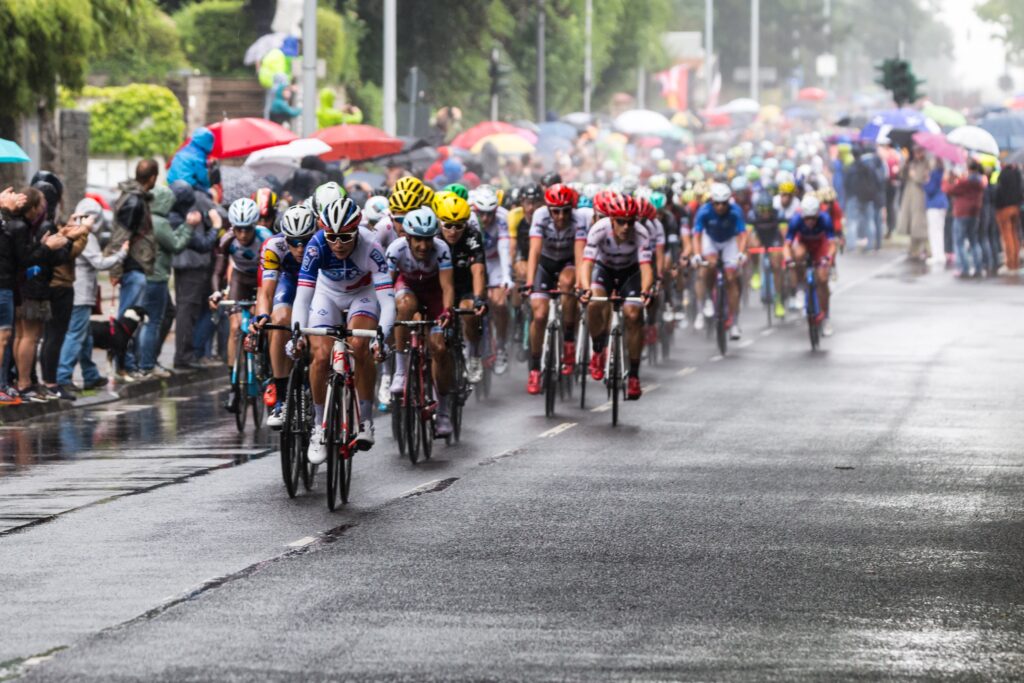
- Other Forms of Triathlon Distances
There are multiple variations of the sport apart from the traditional swim-bike-run pattern. They include:
- Indoor Triathlon Distance – this foregoes distance for time, allowing athletes to complete a distance within a fixed time swimming in a pool, using a spin bike and a treadmill to run.
- Off-road Triathlon Distance – this takes place on a terrain that is rugged with the use of a mountain bike instead of a standard triathlon bike and running on trails instead of pavements.
- Reverse Triathlon Distance – changes the pattern, that is, run-bike-swim.
- Duathlon Distance– removes the swim and follows a run-bike-run pattern.
- Aquathlon Distance – combines swim and run.
- SwimRun – alternates between swimming and running.
- Winter Triathlon Distance – this combines mountain biking, running and cross-country skiing.
Final Thoughts
Understanding the different types of triathlon distances will enable you to choose wisely on the challenge to take on. Remember starting small is important and slowly you can build up your endurance over the years.
Every triathlon distance comes with its training guide, but proper nutrition, good gear and great physical fitness are key to successful training. Hopefully, this article has given you the information you need to get started on this multisport race.

